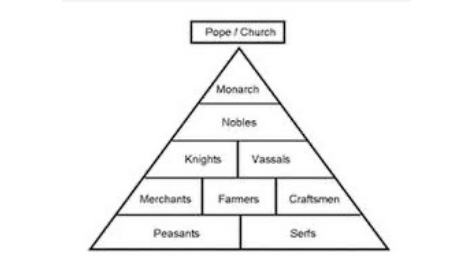In some ancient societies, there were minimum amounts of gold or silver that were required in order for individuals or families to receive certain societal benefits.
For example, in ancient Rome, there was a minimum amount of property, including gold and silver, that a person needed to own for them to be eligible for the equestrian class, which was the second-highest social class after the senatorial class. In order to be considered an eques, an individual had to own property worth at least 400,000 sesterces (sesterces is an ancient Roman coin and monetary unit equal to one quarter of a denarius) which was a significant amount of money at the time. The possession of this minimum amount of property was seen as an indicator of wealth and social status, and allowed individuals to participate in political and social activities that were reserved for the elite. In addition, members of the senatorial class were required to own a certain amount of gold or silver in order to be eligible for political office, further demonstrating the importance of precious metals in determining social status.
Similarly, in ancient Greece, there were certain privileges and benefits that were only available to individuals who owned a minimum amount of property, including precious metals. For example, in Athens, citizens who owned a certain amount of property were eligible to serve on juries and hold public office and were also exempt from paying certain taxes. Funny seems like the rich being able to avoid some taxes in an ancient trend that has continued to this day….but if its legal and you don’t have to pay it why would you.
In ancient times, the ownership of gold and silver was typically concentrated in the hands of the ruling class, including monarchs, emperors, and other powerful individuals. In many ancient societies, gold and silver were symbols of wealth and power, and were often used to adorn the palaces, thrones, and religious monuments of rulers.
For example, in ancient Egypt, the pharaohs and other high-ranking officials were known to possess vast amounts of gold, which was used for both ornamental and practical purposes. The Greeks and Romans similarly valued gold and silver, and their elites were known to possess significant amounts of precious metals. In China, the imperial family and wealthy merchants were also known to own substantial amounts of gold and silver.
In addition to the ruling class, gold and silver were also owned by merchants, traders, and bankers, who used the metals for trade and commerce. In some ancient societies, gold and silver were used as currency, and were often traded in the form of coins or bullion.
Overall, the ownership of gold and silver in ancient times was typically concentrated in the hands of the wealthy and powerful, who valued the metals for their beauty, scarcity, and symbolic value. The specific requirements for owning a minimum amount of gold or silver varied by society and era, there were instances in which the possession of precious metals was seen as an important indicator of wealth and social status and was linked to eligibility for certain benefits and privileges.
While in today’s day & age anyone can own gold and silver or other precious metals for investment less than 10% of the populations does. Lately more and more of the affluent population has begun buying and holding precious metals. Just like more and more of the central banks have been acquiring large amounts of precious metals. Do they know something the average person does not?
